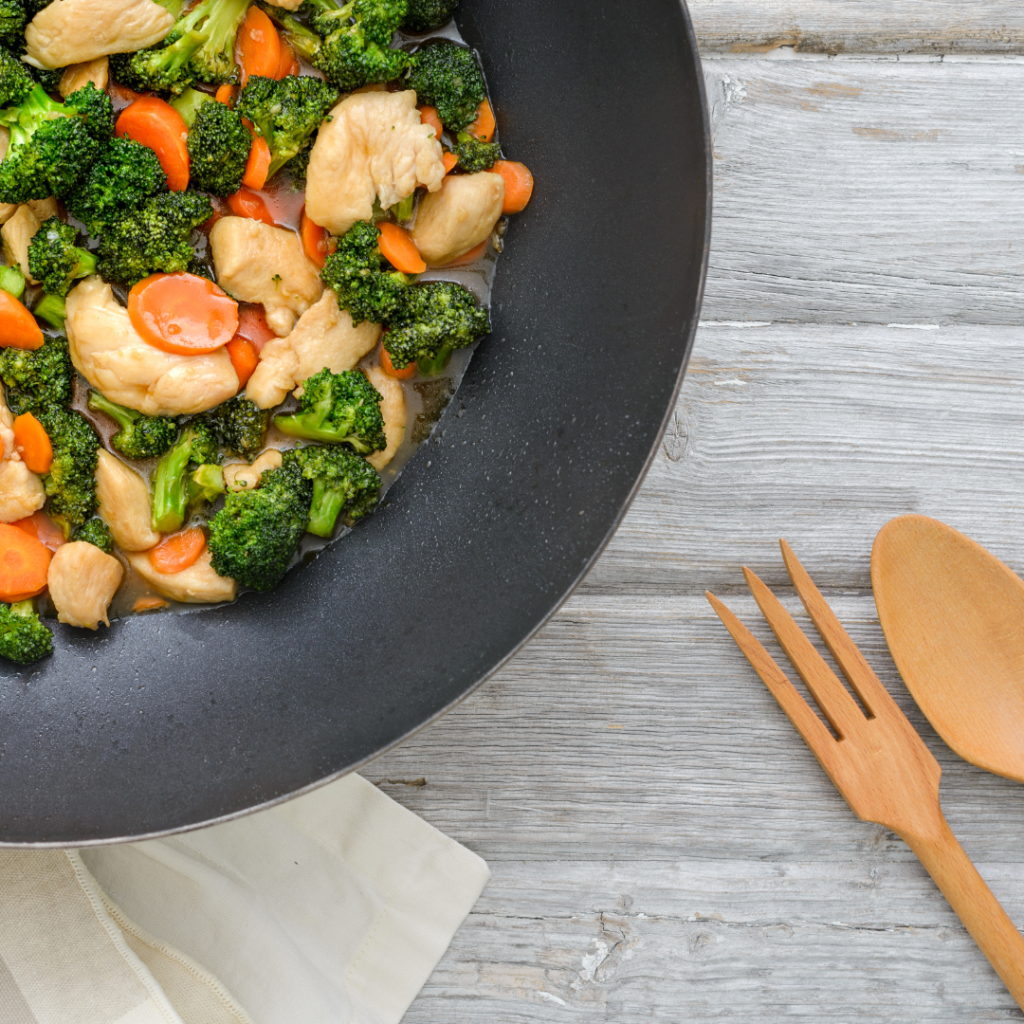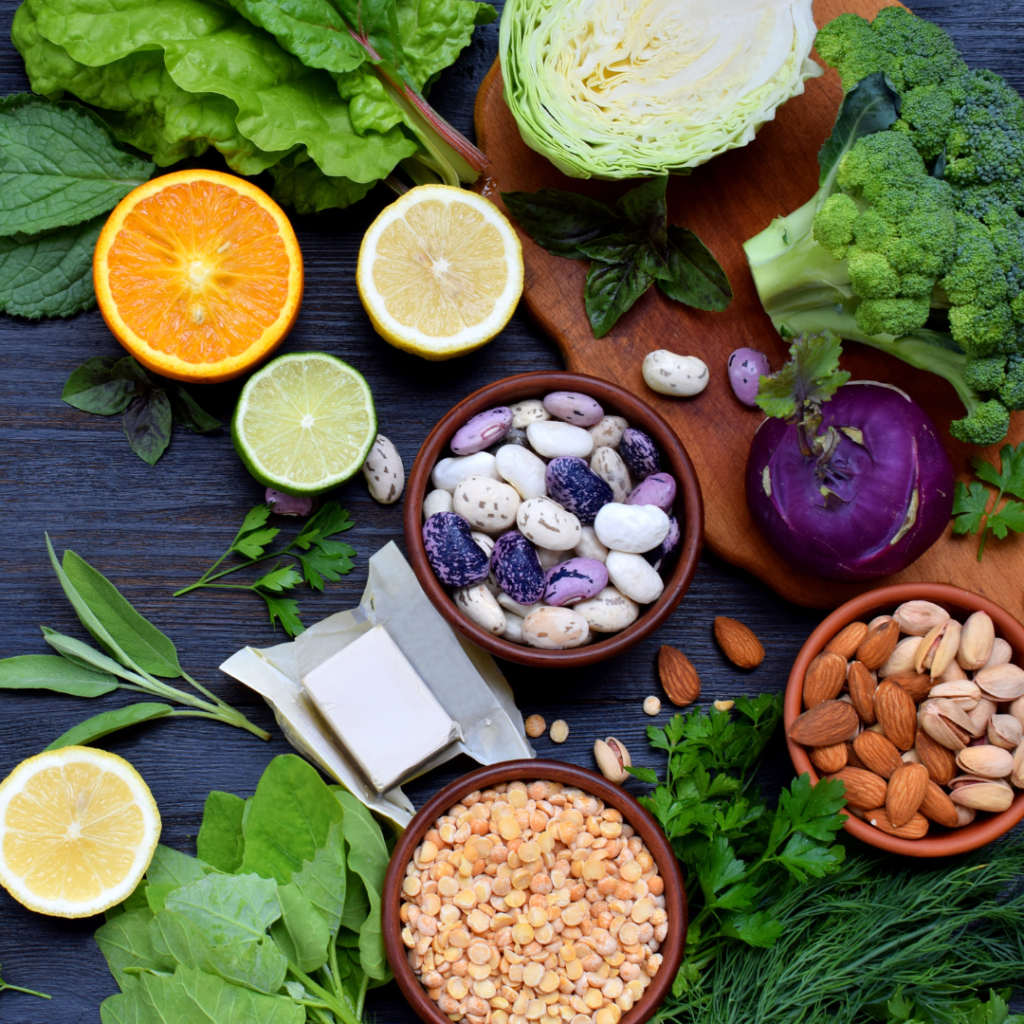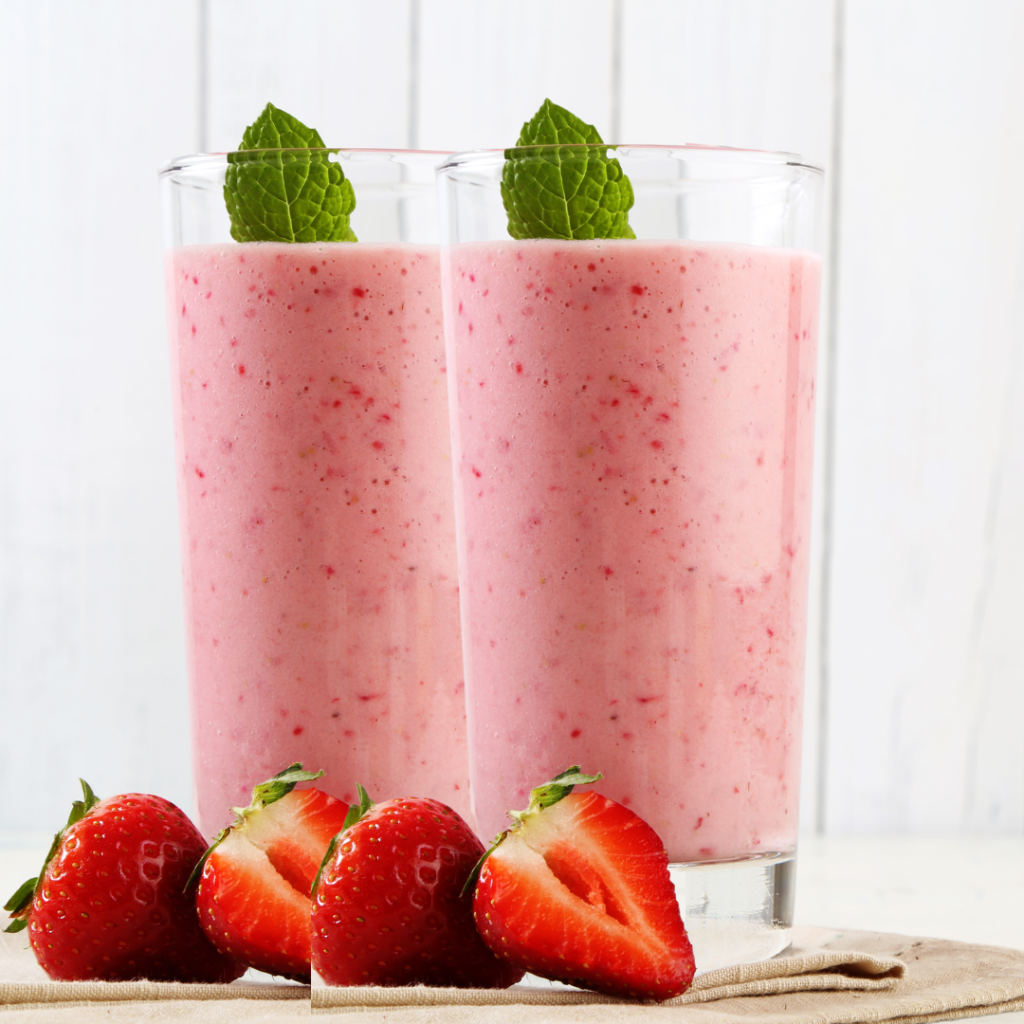Megan Hammond Nechols
We’ve talked about nutrition for specific health conditions for those living with spinal cord injuries (SCI) in previous blogs. We’ve talked about nutrition for fatigue, depression, respiratory health, and cardiovascular health. For this issue, we thought it would be a nice change of pace to talk about nutrition for overall health.

The tips and information in this article are to act either as a starting point if you are struggling with different conditions or as a way to maintain and protect long-term health. Individuals with SCI may need to pay extra attention to the foods we eat, as we require more nutrients to account for secondary health complications that arise and changes in digestive function.
The tips that follow are general guidelines and you should always consult with your health practitioner/medical professional for your specific health questions and concerns. But before getting into those recommendations, maintaining a healthy psychological state may be the most important factor when it comes to overall health.
Depression, stress, anxiety, and overall negative moods and attitudes can interfere with your ability to make decisions that promote overall health. Your emotional state has a major impact on your eating habits and behaviors, including skipping meals, grabbing processed food or other “not nutritious” foods, binge eating, and digestive functioning.
You may want to consider incorporating some of the following tips into your daily life to enhance your overall health. Finding a therapist/counselor. We all have trauma. For many of us, our spinal cord injuries were traumatic – meaning a sudden onset. If we don’t deal with that trauma, healthy choices may not happen, no matter how much we want them to.
Further, adding in meditation, breathwork, and/or journaling can help decrease negative moods and behaviors. Positive affirmations also have a positive effect on mood when completed consistently as it helps to rewire your brain’s thinking patterns. We are designed to see the negative, but reinforcing the positive rewrites the neurons to seek more positive. In addition to these practices, exercising and moving your body acts as a way of releasing stored emotions and traumas, increasing positive moods and overall feelings about oneself.
Now on to portion suggestions for protein, carbohydrates, and fat as well as good quality sources for these foods.
Protein – It’s suggested to eat 2-3 servings of learn protein a day and 1 serving size is about the size of the palm of your hand, without your fingers. Examples of healthy protein include red meat (limited to 1-2 times a week), fish (salmon, tuna, sardines, or herring), chicken, turkey, eggs, plain greek yogurt, low-fat cottage cheese, or a high quality protein powder.
Carbohydrates – Two main types of healthy carbohydrates are grains and legumes/lentils. It’s recommended to eat 1 serving of a whole grain per day, with a serving size of ½ a cup of grain or 1 slice of bread. Sources for grains include quinoa, barley, steel-cut oats/oatmeal, brown/wild rice or whole grain bread/pasta. Recommended serving for legumes/lentils is 1-2 per day with a serving size of ½ cup, cooked. Examples of these carbs include kidney beans, black beans, hummus (chickpeas/garbanzo beans), green peas, and lentils (yellow, green, or red).
Fruits – Eating 1-2 servings of fruit a day fills your body with nutrients and fiber specific to the fruit you consume. Examples fruits with their serving size includes 1 apple, 15 cherries, 1 orange, 1 pear, 1 peach, 2 kiwis, 2 cups of watermelon, or 1 cup of berries (especially blackberries, raspberries, and blueberries).

Vegetables – As many as you want! Joking, kind of – it is recommended to eat at least 5 servings of vegetables a day, with a serving size equaliing ½ a cup. Examples of great vegetables include (but not limited to) asparagus, brussels sproutss, celery, spinach, tomatoes, broccoli, cabbage, carrots, arugula, leeks, artichokes, cauliflower, beets, kale, green beans, sweet potato, onions, and bell peppers.
Fats – The recommendation for healthy fats is 2 servings a day, with 1 tablespoon of oil or a golfball size portion of nuts/seeds. Examples of healthy fats include olives/olive oil, avocado/oil, flax seeds/oil, coconut butter/oil, raw and unsalted nuts like almondss, pecans, walnuts, raw and unsalted seeds like sunflower, sesame, or pumpkin, nut and seed butters (i.e almond or sunflower butter), and chia seeds.
Fluids – Staying hydrated with (mostly) water will help fill you up and control your appetite, support kidney/bladder function, lubricate joints and maintain skin integrity. It can also assist with fat metabolism, transporting nutrients throughout your body, remove toxins, improve mood, prevent constipatioin, and improve mental and physical energy. It’s recommended to drink 6-8 cups of water/fluids per day, with 1 cup equaling 8 oz. Besides water, herbal teas, broths, and diluted juices (¼ juice to ¾ water) will help with hydration.
Wrapping up this list is justs a few things to avoid. We believe that everything is okay in moderation, but the following list are things to watch out for. While all these items are yummy, they don’t have nutritious value and should be a limited.
Avoid:
- refined carbs such has white flour and rice, white pasta, cakes, cookies, and store-bought juice.
- Trans fats which are found in processed or packaged foods, salad dressings, crackers, frozen dinners, and commercial baked goods
- Sugar and artificial sweetners
- Limit alcohol as much as possible
- Avoid or limit caffeine
- Soda
If you are a snacker like I am, you may be left to wonder what you CAN eat. Here are a few snack ideas to keep your energy stable throughout the day:

- 1 tablespoon nut butter with apple slices
- Hummus with raw veggies like carrots, celery, grape tomatoes, bell peppers, or cauliflower
- Trail mix filled with nuts, seeds, and dried fruit
- ¾ cup plain greek yogurt with berries
- Plain popcorn with melted coconut oil/butter
- Hard boiled eggs
- Frozen fresh fruit popsicles
